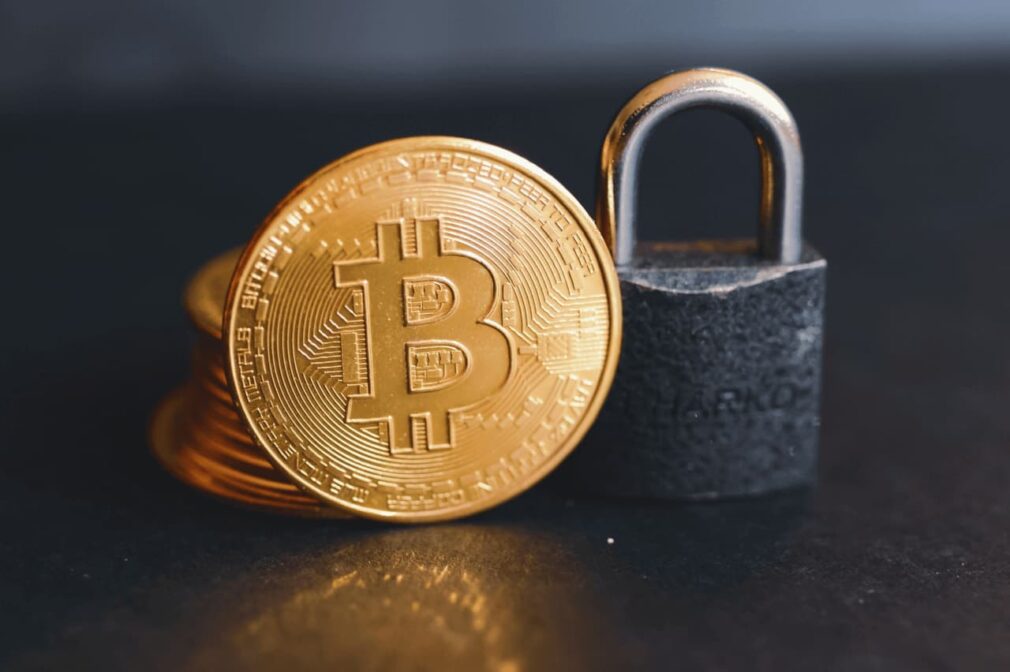People all over the world become more and more interested in crypto. Cryptocurrency is gaining legal status in many countries, which, in turn, spurs the demand for coins and tokens. Storing cryptocurrencies becomes more profitable and reliable. Plus, this method also prospects the multiplying of funds should the asset’s value rise. That’s why crypto exchanges attract more attention, both from clients and scammers. Let’s discuss in more detail the main types of fraud in the industry and how to protect your crypto business.
Indeed, the cryptocurrency security, its exchange and storage, is a burning issue. According to the cybersecurity company Positive Technologies, in 2021 the number of cyberattacks on exchanges increased by 44% compared to 2020. Referring to the Chainanalysis data, in 2021, cybercriminals stole $14 billion from crypto exchanges. For reference, in 2020, they stole $7.8 billion.
Traditional hacking tools and schemes include targeted phishing, social engineering, malware roll-in, site deface. As a result of one successful attack, hackers can steal tens of millions of dollars with the minimal risk of being caught, since anonymity allows fraudsters to withdraw funds covertly. Moreover, due to the inability to restore private keys and seed phrases, crypto owners can lose access to their funds easily.
How To Build Safe Reliable Exchange?

Needless to say, that a software provider is the key. If you find a professional, trustworthy partner, they will not only provide the basis for your platform. You will have a team of specialists to track your site and keep it safe. Take the Merkeleon cryptocurrency exchange software. It is not merely about technicality. It is a complete inventory for marketing, legal launch and innovation. With the right developer, you can sleep easy.
Anyway, the industry specifics impact the characteristics of attacks and methods of combating cybercriminals. And if you work with crypto, you need to consider three areas of possible threats and means to cope with them:
- Financial that arise when transacting, paying and trading cryptocurrency;
- Legal that relate to law manipulation, blackmail and regulatory authorities’ claims;
- Technical, that is, attacks on the blockchain or your online resources.
Financial threats
The major aspect of working with crypto is that the access to a virtual wallet is the only confirmation of ownership. Once a client sends funds to the counterparty, it is no longer possible to get them back. And attackers actively manipulate this feature.
Card fraud
How it happens? A customer purchases crypto with a bank card and receives the asset. After withdrawing funds from the wallet, the person submits a statement to the bank stating that they have not performed this operation. There may be two reasons for such client’s behaviour: they are a fraud or their card and data is stolen. Usually, the money is not transferred immediately, so the bank can easily cancel this transaction.
How to protect? It is necessary to collect evidence that the cardholder did make the transaction. For that, you check the payer with 3DS and KYC. As an additional measure, you can freeze the funds in the virtual wallet until the money is sent to your account.
Cryptocurrency trading
How it happens? Transactions with cryptocurrency are subject to great risk. You cannot be 100% sure that the money will be credited to the account. There are schemes when a counterparty sends a wallet address with a large amount of crypto, which they don’t control. SWIFT notifications about some sum of money on the account can also be a trick in a more complex fraud.
How to protect? If you buy or sell cryptocurrency, you need to make sure that the seller is reliable. For that, you make a test payment and exchange small amounts. The safest method, however, is intermediaries with escrow accounts, who receive and store the assets of both parties and guarantee a successful transaction.
Legal threats
The regulation of cryptocurrencies varies in different countries. In some, they are equal to traditional currencies, in others they are not regulated or are prohibited at all. On the other hand, many regions impose a high bar on the user data integrity, which makes it harder to manoeuvre with a crypto business.
How it happens? Someone can always complain about your exchange to some regulatory authority or simply blackmail you, alluding to local laws. These days, scammers are demanding a ransom, threatening with a fine. It is especially popular in Europe, where GDPR provisions are rather ambiguous. European sanctions for violating GDPR are severe, yet many companies are still not totally sure whether they meet all the requirements.
How to protect? You can eliminate these risks by organizing your own legal department or finding a qualified legal support in the country of your business. All in all, when serving customers from different regions, make sure that you can comply with local laws and regulations and your business will not lose because of possible fines.
Technical threats
Moving on, it’s worth saying that you should not underestimate the technical side of cryptocurrency business. Since we are talking about digital assets, scammers can try to hinder your business or cause leakage.
DoS attacks
How it happens? The easiest way to stop any digital business is to make the site inaccessible. For this, DoS attacks work perfectly. Hackers send tons of requests to your platform, which clog the channel, thus cutting real users from the service. Such attacks lead to reputational losses and stop profit, depriving you of revenue every minute.
How to protect? Traffic filters provided by most communication and hosting providers can help. You can also order a protection app from a specialized company and activate it on demand — when an attack occurs. The regular audits of IT infrastructure and the search for vulnerabilities will not hurt either.
Key theft
How it happens? A direct threat to crypto assets is the loss of the key to the company’s wallet. If an attacker gets a private key, nothing can stop them from sending all the money to another account. Roots for the theft can be a direct hacker attack or phishing, when hackers manipulate employees who eventually open access to the wallet. There are also cases of insider attacks, when a disgruntled or a freshly fired employee helps to crack the security system and steal the keys.
How to protect? Many companies use multiple digital signatures, which prevents transactions without the approval of several people. Another method is using hot and cold wallets. To minimize risks, it is better to place capital assets in a cold wallet, located on a device with no permanent Internet connection. This approach is largely used, and many companies store the funds of their clients in hot and cold wallets.
Key Takeaways
Summarizing the above, crypto assets requires a special approach. You can’t cancel or appeal an operation with cryptocurrencies, and a lost key means the loss of assets. That is why your crypto business requires scrupulous attitude and constant monitoring from the financial, legal and technical sides. Nonetheless, if you use time-tested protection, carefully assess risks and apply modern security systems, crypto opens up extra business directions, which is especially true for international expansion and cross-border transfers.
